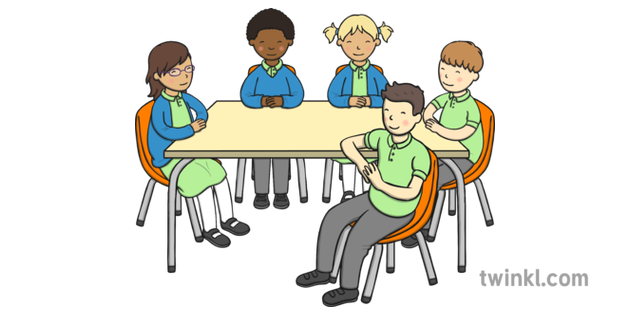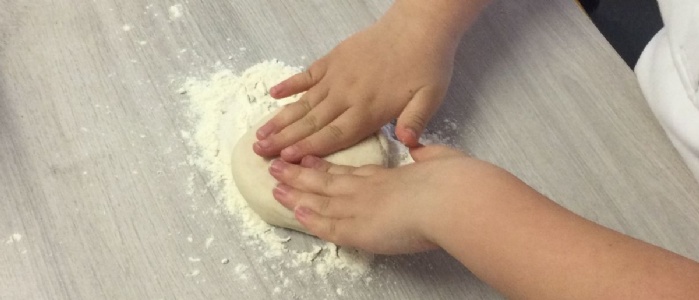Good News To Selecting Italian Kindergarten Teaching Materials
Wiki Article
What Is The Most Effective Teaching Materials For An Italian Primary Or Nursery School?
To support their development and learning to aid in their development and learning, the Italian primary school or nursery must offer a variety of materials. Here are some examples of the types of materials that may be necessary: Textbooks and workbooks: These are essential to teach core subjects such as Italian language, mathematics sciences, social studies.
Craft and art materials This includes paint, brushes, crayons markers, as well as other tools students can use to create projects.
Manipulatives: Manipulatives like blocks, puzzles, and games can help children develop their problem-solving and critical thinking skills.
Educational technology: Computers, tablets and other technology can be utilized to improve learning and offering additional resources to students.
Visual aids, including diagrams, charts, and maps, can assist students retain and understand important concepts.
Books: A range of books that are appropriate for children's age written in Italian can help encourage reading and language development.
Musical Instruments: Musical instruments, like xylophones (or xylophones) tambourines (or maracas), and other instruments can assist students with learning the rhythm of music and appreciate it.
Safety materials are necessary to protect the health and safety of employees and students. This includes emergency kits for first aid, procedures posters, and fire extinguishers.
Equipment for sports is available to be used in outdoor activities as well as in physical education and even in the classroom.
Italian primary and nursery school teachers will require a wide range of teaching material to provide a stimulating and active environment for their students. View the top rated sostegno scuola infanzia for more tips.
What Resources And Educational Aids For Teaching Math Are Suggested By Schools In Italy?
Materials and educational aids which teach mathematics can aid children improve their spatial and problem-solving abilities. These are some of the recommended resources.
Number cards, charts Charts and cards to teach your kids how to count and to learn numbers. It is possible to put large and vibrant numbers on the wall, or smaller ones for kids to hold and manipulate.
Shape manipulatives. Shape manipulatives like magnetic tiles or wooden puzzles can help develop spatial reasoning and help teach children about the different properties of shapes.
Measuring tool: Measuring or comparing tools, like rulers, measuring tools and scales, could help youngsters to develop and learn their mathematics vocabulary.
Simple games and puzzles: simple games and puzzles such as dominoes, matching games and jigsaws can aid children in developing their problem-solving abilities, and also their concentration and attention to detail.
Tools based on technology like tablets that include educational math apps as well as other games are able to engage children and offer additional resources to help them learn.
It is vital to use the material according to its developmental stage and ensure they are safe and suitable for children in the early years. Teachers and caregivers can to utilize these tools to develop engaging, interactive math activities that encourage curiosity and enthusiasm for learning. Check out the top materiale didattico matematica for more examples.

What Science-Related Didactics Are Suggested In Italian Nurseries?
The science didactic cards are a fantastic way to introduce young youngsters in Italian nurseries to basic scientific concepts. Here are a few kinds of science didactics cards that can be suggested. Animal cards: They help students to gain knowledge about animals and their characteristics. They can be illustrated using animals and their surroundings to make the learning experience more enjoyable.
Plant cards: These cards can be used as a way to teach children about the different types of plants, their attributes and many more. To make the learning process more fun, they can include illustrations of the growth stages and illustrations.
Weather cards: These cards help children understand the effects of different kinds and conditions on the earth. These cards can include illustrations of various weather conditions, including rain, snow and sun.
Space cards: Spacecards may help kids understand the solar system as well as different planets. The cards can include illustrations of planets, their distinctive features, and additional information.
Human body cards are a wonderful method to educate youngsters about the different body parts and their roles. Illustrations of body parts could be used to explain their function.
It is important to choose science didactic cards that are suitable for ages 3-6, entertaining, and interactive for young children. These cards are ideal for parents and teachers who want to engage children in engaging science-based activities. They also help children to be curious and enthusiastic about the world. Read the most popular materiale didattico scienze for more info.

What Are The Best Resources To Teach The Italian Language In Schools?
Italian nurseries employ geography-related materials to teach children about various cultures, environment and nations. Here are a few examples of potential geography teaching resources maps. A map can be used to help children comprehend geography, which includes the geographic features of various countries and regions.
Globes are a great way for kids to see the Earth's surface, and teach them about continents as well as oceans.
Pictures and videos Videos and pictures of diverse places and cultures can help children understand the variety of the world and gain an appreciation for the different ways of living.
Books: Children's books which highlight diverse cultures can spark a child's curiosity and curiosity about the world.
Natural materials, such as plants, shells and rocks can be used to educate children about various ecosystems and their environments.
Field excursions. Field trips can be a great way to provide your children with real-life experiences, as well as an opportunity to teach them about geography.
It is crucial to select geography materials that are culturally and age-appropriate. These materials let teachers and caregivers create engaging and interactive activities to promote the love of learning among children and curiosity.

